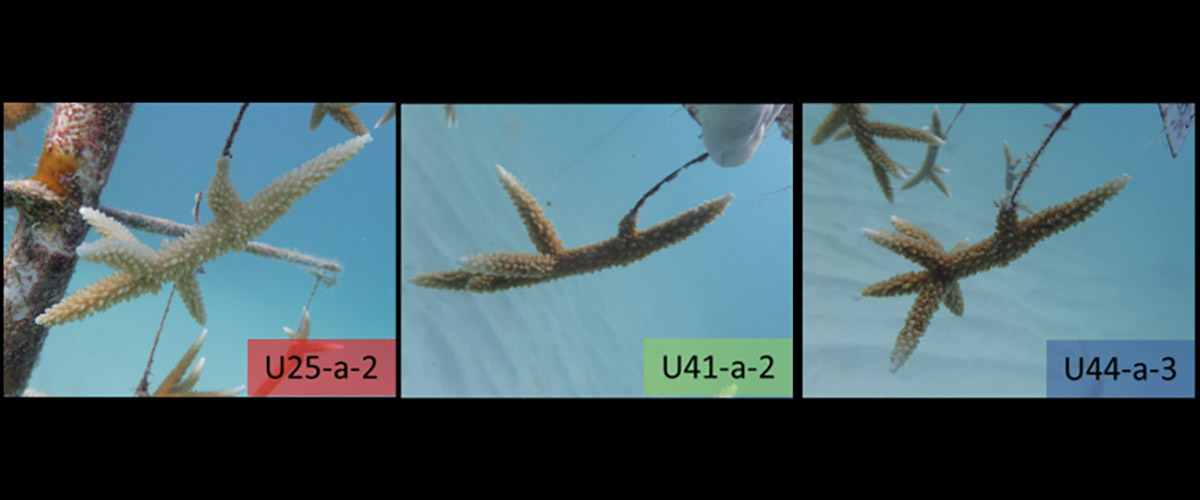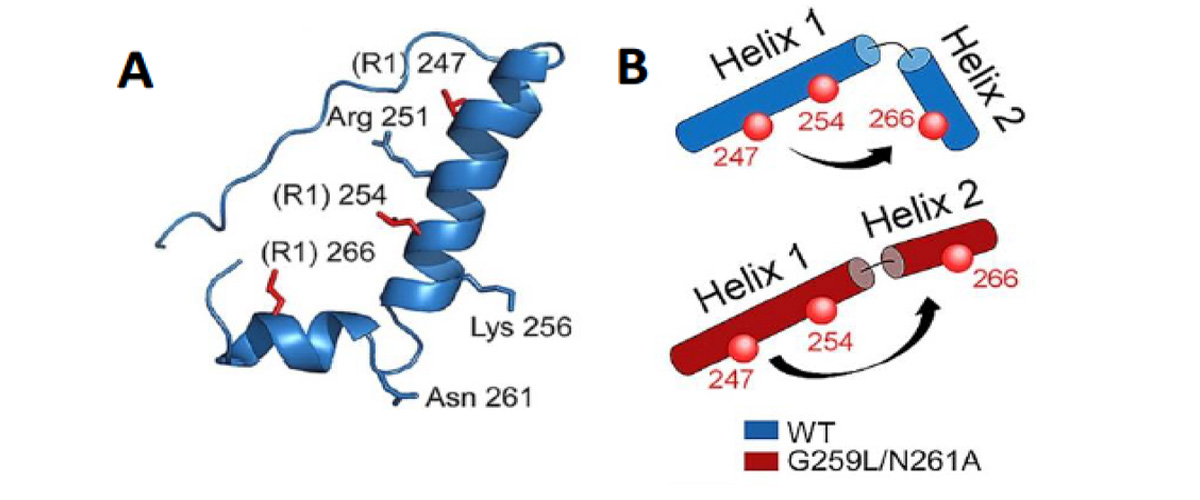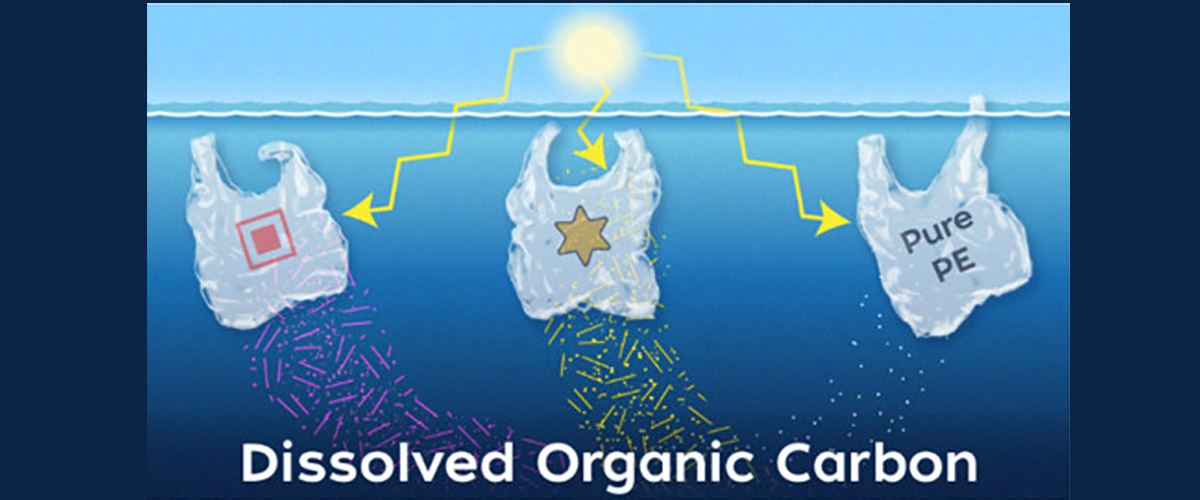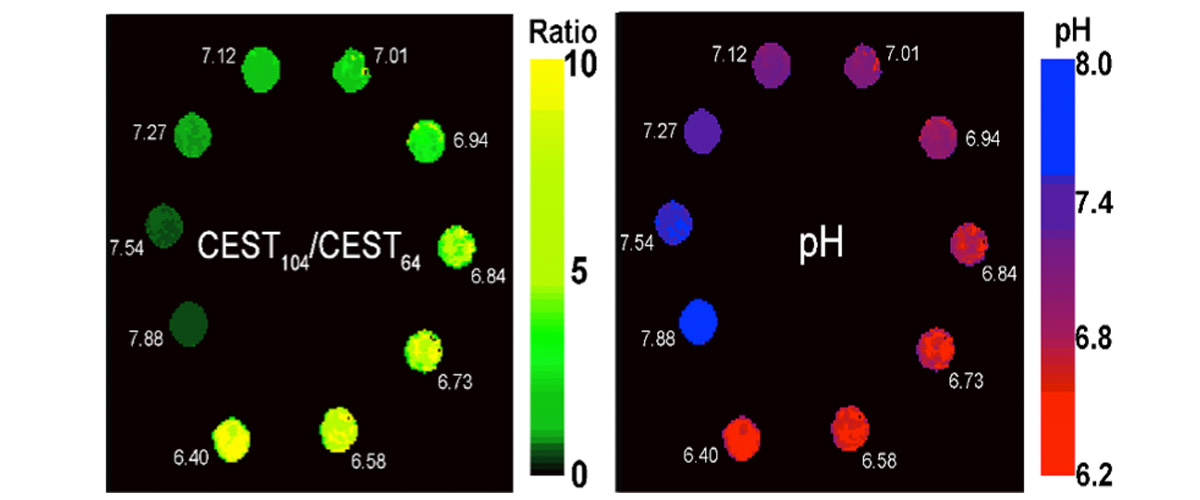What did the scientists discover?
Different genotypes are found to have unique metabolic signatures for a particular coral species (A. cervicornis growing in a common garden, [A]) that exhibits a superior survivability in the face of increased coral bleaching. Levels of the metabolite Trimethyl-amine-N-oxide, a molecule that protects against nitrogen overload can distinguish the three genotypes studied. Some carbohydrates and fatty acids were also found to be significant in distinguishing between genotypes.
Why is this important?
The global threat to coral reef growth is mounting. The loss of coral reefs has tremendous impacts on global ecology and fisheries. An understanding of the same-species variation in coral metabolite profiles could help understand mechanisms that promote coral survival and performance in stressed environments. Creating metabolomics profiles for different species could inform the coral selections most suitable for restoration of coral reefs.
Who did the research?
Kathryn E. Lohr1*, Ram B. Khattri2, Joy Guingab-Cagmat3, Emma F. Camp4, Matthew E. Merritt2, Timothy J. Garrett3, Joshua T. Patterson1,5
1University of Florida (UF) Fisheries and Aquatic Sciences; 2UF Biochemistry & Molecular Biology; 3UF Pathology; 4University of Technology Sydney; 5The Florida Aquarium
Why did they need the MagLab?
Coral metabolism is largely unstudied. By accessing the instrumentation and expertise at the MagLab’s AMRIS facility, this collaboration demonstrated 1H NMR-based metabolomics to be a powerful technique that can distinguish metabolism among different corals.
Details for scientists
- View or download the expert-level Science Highlight, NMR-based Metabolomics of Coral with Resistance to Bleaching
- Read the full-length publication, Metabolomic profiles differ among unique genotypes of a threatened Caribbean coral, in Nature Scientific Reports.
Funding
This research was funded by the following grants: G.B. Boebinger (NSF DMR-1157490, NSF DMR-1644779); SECIM (NIH U24 DK097209);
For more information, contact Joanna Long.






